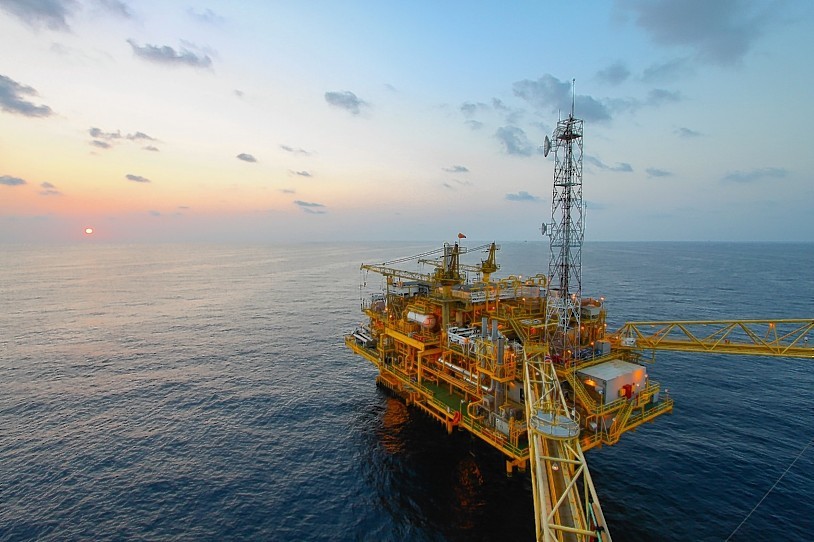
Industry body Oil and Gas UK (OGUK) has challenged scientists’ gloomy prediction that North Sea oil and gas reserves will run out in 10 years.
OGUK chief executive Deirdre Michie said new capacity was still being added to the basin and that some of the largest fields will still be producing in 2050.
Ms Michie was speaking following the publication of research which suggested that North Sea industry was on its last legs.
Prof Roy Thompson of Edinburgh University’s school of Geosciences said an analysis of production decline in offshore fields showed the industry is entering its final decade.
The study, published in The Edinburgh Geologist, said that only 10% of the UK’s original recoverable oil and gas remained.
Prof Thompson, who led the study, said the UK needed a “bold transition to renewables, energy storage, improved insulation and energy efficiencies”.
The forecast will come as a surprise to many in the oil and gas industry, as a number of projects with long lifespans recently came on stream, or will do in the near future.
BP’s Quad 204 project started producing in May and is expected to deliver 450million barrels of oil equivalent through to 2035 and beyond.
Statoil’s Mariner field, slated for first oil next year, could pump out 250million barrels over a 30-year period.
BP’s Clair Ridge project is designed to continue producing until 2050.
And Hurricane Energy is working towards sanctioning the Greater Lancaster Area development west of Shetland, which analysts have suggested could hold 1billion barrels.
Ms Michie said: “Significant new capacity has been added to the UKCS. Nine new fields began production in 2016 and a further seven started producing in the first half of this year – most of which will still be producing in 2030.
“A further 12 are due on-stream by the end of next year. Some notably large developments will still be producing towards 2050.”
Jeremy Cresswell, emeritus editor of Energy, said: “I wonder if Prof Thompson took into account the apparently very large multi-billion-barrel resource identified through the drill-bit by Hurricane Energy.
“There are currently oilfields in Scottish waters whose lifespan estimates are still measured in decades, like Mariner and the Quad 204 complex.
“And should Hurricane’s 2019 production trial of its Lancaster discovery turn out to be a success and west of Shetland basement resources are demonstrated to be economically viable, then future potential developments like Lancaster and the contiguous Halifax well could be producing 40 to 50 years from now, the carbon agenda permitting of course.”
A UK government spokesman said: “We do not recognise these figures. Research by the independent Oil and Gas Authority shows that in 2035, North Sea gas will still meet around a quarter of UK demand with oil from the same source meeting around a third.”
A Scottish Government spokeswoman said: “Scotland’s offshore oil and gas industry has a bright future, and, with the right regulatory and fiscal environment, the basin has up to 20 billion barrels of oil equivalent remaining.”

